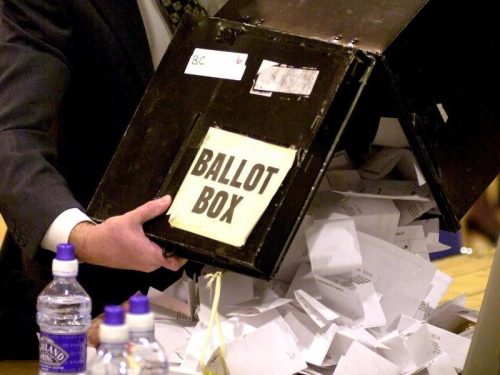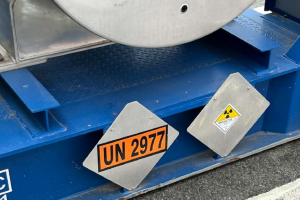Boundary Commission issues latest update on proposed changes

The Boundary Commission for England has issued details of its latest proposals for changes to the make-up of constituencies across England.
These changes are designed to make the number of electors in each constituency more equal.
The commission has taken into consideration more than 45,000 comments sent in by the public during the previous two stages of public consultation. As part of the review, the number of constituencies in England will increase from 533 to 543.
It has revised the composition of 32 of the 73 North West constituencies it proposed in June 2021, and maintained its initial proposals for the remainder.
The commission has revised the name of 17 of its initially proposed constituencies across the region. The revised proposals would leave 13 existing constituencies in the North West region wholly unchanged, and five unchanged, except to realign constituency boundaries with local government ward boundaries.
As it is not always possible to allocate whole numbers of constituencies to individual counties or unitary authorities, these are sometimes grouped into sub-regions, meaning some constituencies cross county or unitary authority boundaries.
After consideration of the responses to the sub-regions in the initial proposals, the revised proposals are based on unchanged sub-regions, as follows:
Cumbria and Lancashire – comprising the county of Lancashire, and the two unitary authorities of Blackpool, and Blackburn with Darwen, hereafter referred to as Lancashire – allocated revised proposals for new Parliamentary constituency boundaries in the North West region 20 constituencies.
Merseyside and Cheshire – comprising the unitary authorities of Cheshire East, Cheshire West and Chester, and the boroughs of Halton, and Warrington, hereafter together referred to as Cheshire – allocated 26 constituencies.
Greater Manchester – allocated 27 constituencies.
Thirty constituencies would cross local authority boundaries – three more than the initial proposals – four would contain parts of more than two local authorities, equal to the initial proposals.
The Boundary Commission is proposing comprehensive change in both Cumbria and the south of Lancashire, reflecting the weight and quality of evidence received in opposition to the initial proposals.
There are very few revisions across Merseyside, aside from the introduction of two split wards.
The changes in Cheshire centre around Northwich, Middlewich and Winsford.
The west of Greater Manchester has a small number of revisions, with more significant reconfiguration of constituencies proposed in Tameside and the east of the City of Manchester.
It is proposed that four constituencies would cross county boundaries: Morecambe and Lunesdale (Cumbria and Lancashire); Southport (Lancashire and Merseyside); Ellesmere Port and Bromborough; and Widnes and Halewood (both Cheshire and Merseyside).
No changes are considered to the initially proposed composition of Southport, and Ellesmere Port and Bromborough constituencies, although proposing a name change for the latter.
The commission proposes to split the Whiston & Cronton ward in the proposed Widnes and Halewood constituency.
The proposed Morecambe and Lunesdale constituency is similar to the Morecambe and South Lakeland constituency in the initial proposals, but the Skerton East and Skerton West wards would be united within the Lancaster and Wyre constituency.
Morecambe and Lunesdale would contain the Sedbergh ward, and both named Lune Valley wards, but no longer include any part of the Bowness and Levens ward.
It is also proposing to split seven wards across the region, in: Knowsley; Sefton; South Lakeland; Warrington; Wigan; and Wirral.
The commission said it is consulting on its revised proposals for a four week period, from November 8, to December 5, 2022, and encourages everyone to use this final opportunity to contribute to the design of the new constituencies, saying: ” The more views we hear, the more informed our decisions will be when we make our final recommendations and report to Parliament.”
It is expected the final recommendations will be submitted to Parliament on July 1, 2023.
Tim Bowden, secretary to the Boundary Commission for England, said: “Today we are announcing the publication of our revised proposals. Last year we published our initial proposals for new constituency boundaries – our first go at what the map should look like. We are delighted with the huge number of comments from members of the public on our initial proposals, many which included valuable evidence about local communities.
“Today’s publication is the culmination of months of analysis and we have revised nearly half of our initial proposals based on what people have told us. We now believe we are close to the best map of constituencies that can be achieved under the rules we are working to.
“However, we still want people to tell us what they think of this latest map before we submit our final recommendations to Parliament next year. This is our final consultation and I encourage you to participate in the 2023 Boundary Review.”








